5 Tokyo Gardens
I’m not particularly into gardens. I enjoy them, but don’t enjoy gardening. I visited a few gardens in Tokyo partly because I was curious about Japanese gardens in particular, and also curious as to how they are used by people in such a big city. But mostly I went to them because I wanted to visit a temple or castle, and the garden was part of the package.
I visited a number of different Tokyo gardens and each had a different atmosphere.
Atago-jinja Temple Garden
Atago-Jinja temple has a tiny, but wonderfully peaceful, garden. The temple is on a hill that used to be the highest point in Tokyo. To get there involves climbing a very steep stairway, though fortunately it’s not very long.
The temple is small and pretty, and the hill is forested, which meant some very welcome shade in the heat. A small pond with koi—which seems to be a requirement for a Japanese garden—is surrounded by neatly pruned shrubs. Trees shade the clearing in front of the temple and it’s easy to ignore the clangor of the traffic below.
Ueno Park
Of all the Tokyo gardens I visited, Ueno was the best for people-watching. That may have had to do with the fact that it was Sunday, when many Japanese are off work.
It was crowded with families and young people taking part in all sorts of activities: eating and walking, of course, but also bird-watching and swanboat rides, listening to buskers, watching acrobats, and more.
Ueno Park is known for its cherry blossoms in the springtime, long past when I was there. A lake in the park, though, is covered with lotus flowers, which were just beginning to open when I visited.
Meiji-jingu
Meiji-jingu is a Shinto shrine set in 70 hectares of forest, once owned by the Meiji emperor. It’s more of a forest than a garden, so it’s much less manicured and tidy. I liked it better than the formal gardens for its wildness and its dripping, humid, shadiness. The shrine is impressive in size as are the massive tori (gateways) leading to it. None of it is particularly old, though, since the original temple was destroyed in the Second World War.
Unfortunately, the whole forest is wired with loudspeakers that from time to time, in both Japanese and English, belt out instructions about what’s not allowed within the gardens, such as smoking.
You might also enjoy the following posts:
- A free view of Tokyo from Tokyo City Hall
- Strolling Yanaka in Tokyo
- Barefoot in Japan: A bumbling fool
Hama-rikyu Garden
Hama-rikyu Garden is one of nine Metropolitan Cultural Heritage Gardens in Tokyo. Once containing a palace of the Imperial Family, it has a similar story to many “historic” places in Tokyo: it was virtually entirely destroyed in the war, so the buildings you see within the garden now are reconstructions. The pond, interestingly, is saltwater, fed in from Tokyo Bay.
Hama-rikyu is much more formal than Meiji-jingu, with every inch of land carefully manicured. It’s big and mostly flat and includes some wide open, grass-covered spaces, and also some shadier parts, with shrubs that are all pruned into rounded blobs. The teahouse, picturesquely set on a pond, but with tall office towers looming over it, offers traditional powdered green tea and Japanese sweets.
Imperial Palace East Garden
In order to visit the Imperial Palace Gardens, you have to sign up for a tour ahead of time. I didn’t. However, the Imperial Palace East Garden is offered as a consolation prize of sorts: anyone can go in, without reserving.
This garden is formal and includes a large open, grassy space. Unlike at most gardens in Tokyo, the grass wasn’t off limits, so people were letting their children play on it, though it was too hot to spend a lot of time lounging. The remaining moat walls are impressive, and the ruins of the original castle keep (Now long gone: the current Imperial palace is modern.) can be climbed to see the view over the garden. Unfortunately, it doesn’t afford a view into the rest of the Imperial Palace Gardens.
There are other gardens in Tokyo, so this isn’t a complete list, (Click here for a more comprehensive list.) but the variety in the Tokyo gardens I visited surprised to me. My favorite Tokyo gardens are the small, more detailed ones, like Atago-Jinja or any of the gardens of the many shrines in Yanaka. On the other hand, the Ueno Garden was by far the best in terms of people-watching.
With so many options, you should be able to find a piece of nature to your liking near you wherever you go in Tokyo, or at least a carefully-groomed version of nature. In a big, overwhelming city like Tokyo, you’ll need it!
Visiting Tokyo gardens
Atago-Jinja temple garden: Open 9:00-17:00. Kamiyacho Station, Toranomon Station or Onarimon Station. Admission free.
Ueno Park: Next to JR Ueno Station. Many museums are within the park boundaries, most of which are open from 9:00-17:00. Admission fees to the museums vary. You can get specifics here.
Meiji-jingu: Open sunrise-sunset. Inner Garden open 9:00-16:30 March-October and 9:00-16:00 in November-February. Harajuku Station on the Yamanote line or Meiji-jingu-mae Station on the Chiyoda and Fukutoshin lines. Admission to the park is free. Admission to the Inner Garden ¥500 (€4 or $4.50).
Hama-rikyu Garden: Open 9:00-17:00. Shiodome Station, Tsukijishijo Station or Yurikamome Shiodome Station. Admission ¥300 (€2.50 or $3).
Imperial Palace Garden: Open 9:00-16:30 but open until 17:00 from mid-April to August and until 16:00 in November to February. Closed on Mondays and Fridays. Otemachi Station. Admission free. Click here to look at tours that include the Imperial Palace Garden.
If you’ve been to Tokyo, do you have any favorite Tokyo gardens that you’d recommend?
I’d appreciate it if you’d share this post on social media!
I am a co-host of Travel Photo Thursday! Please take a look at the participating blogs below. If you have a blog and would like to be included, use the button below to add yours to the list, and make sure to link back here in your post!


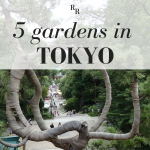
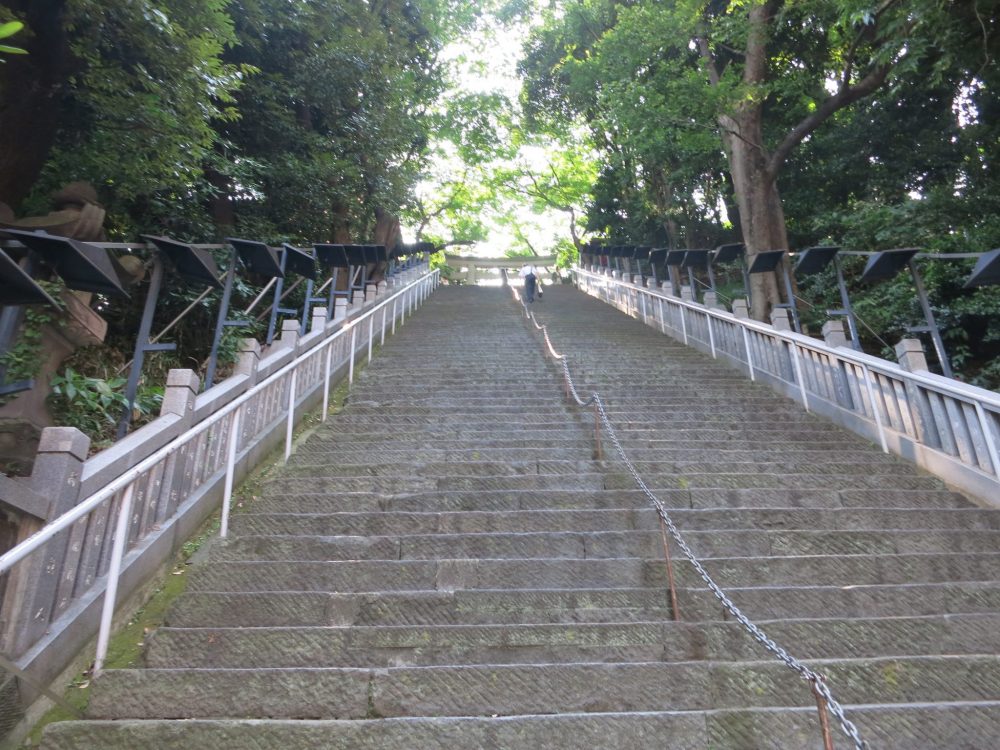
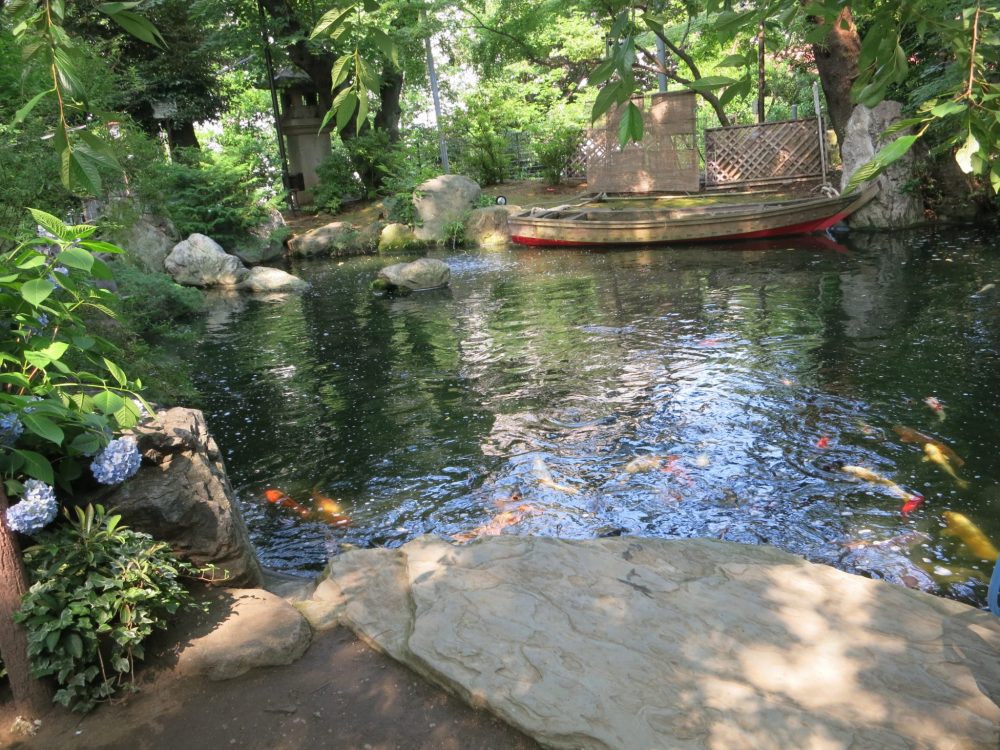
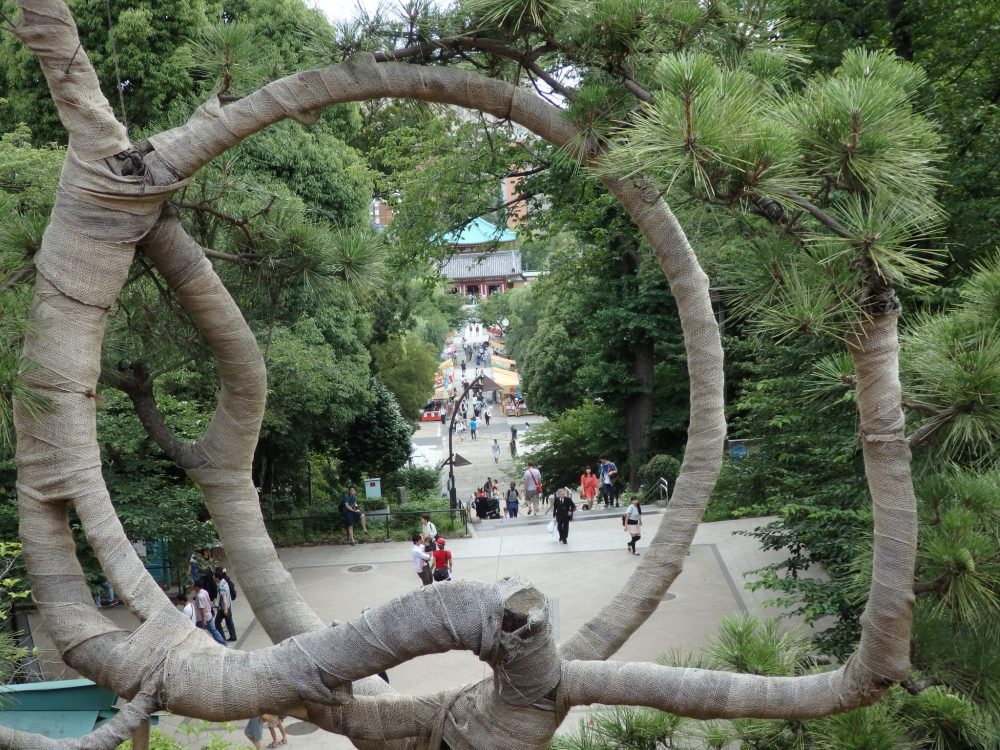
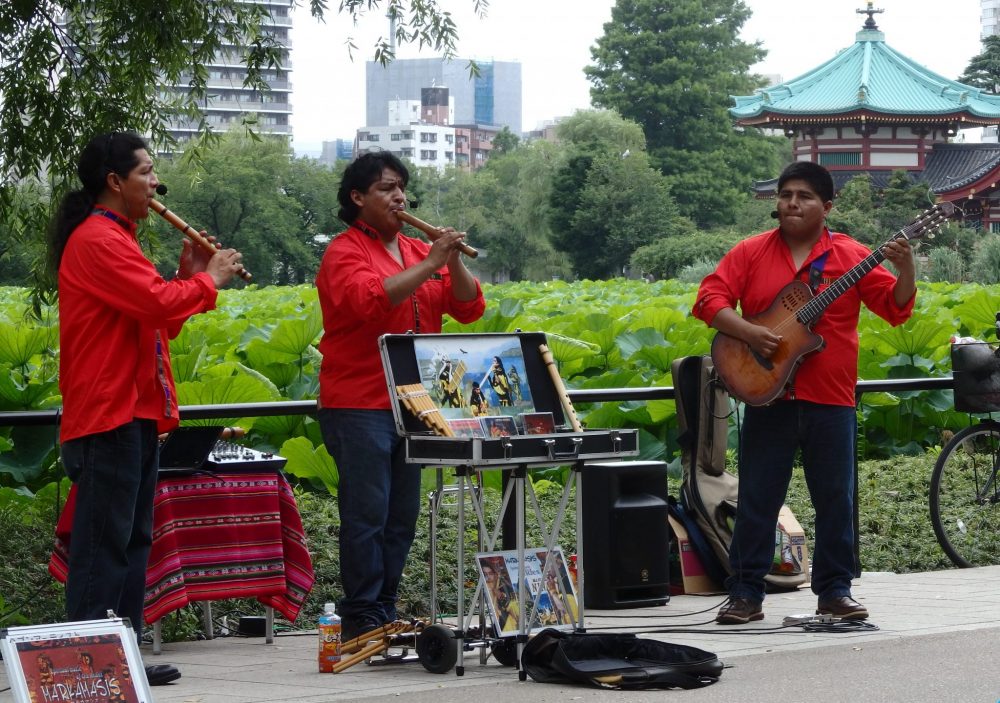
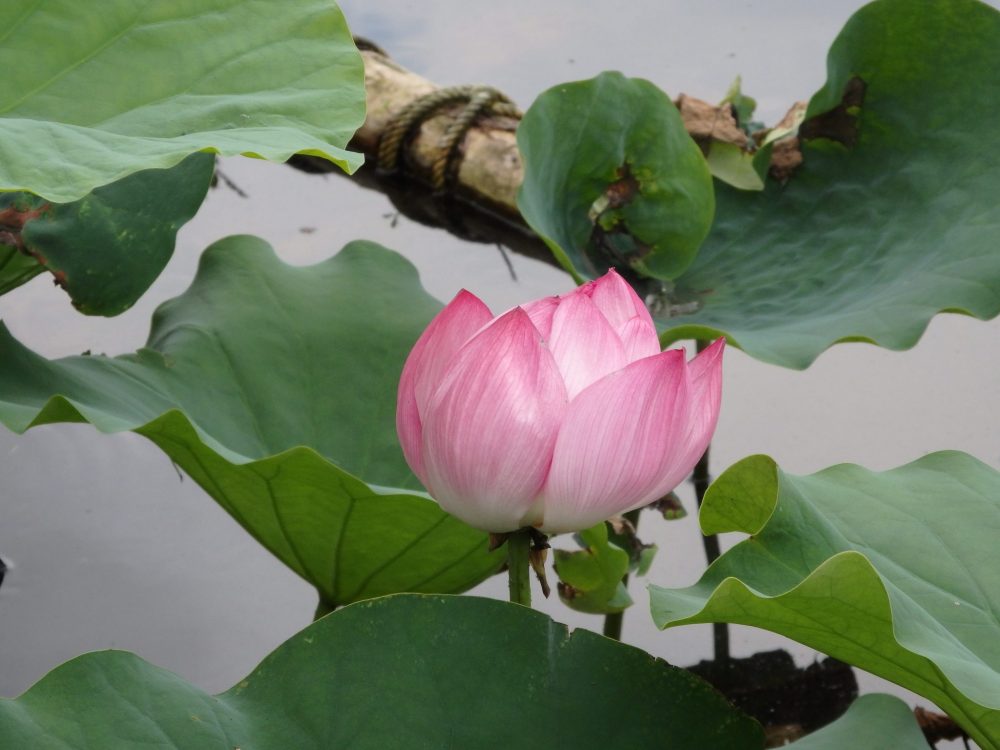
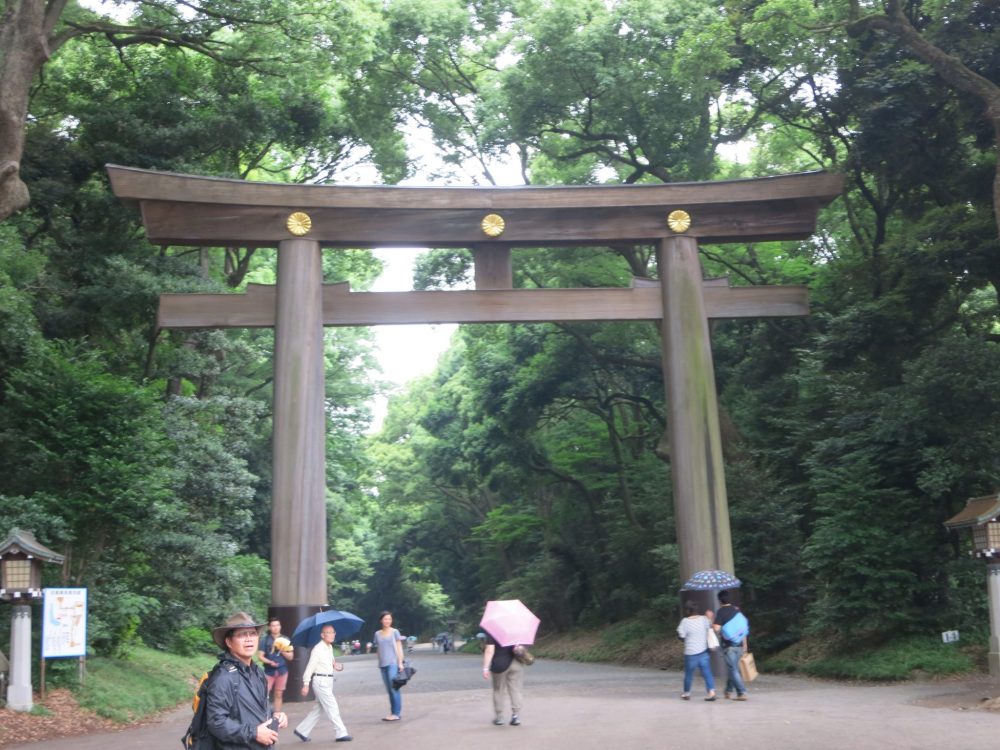
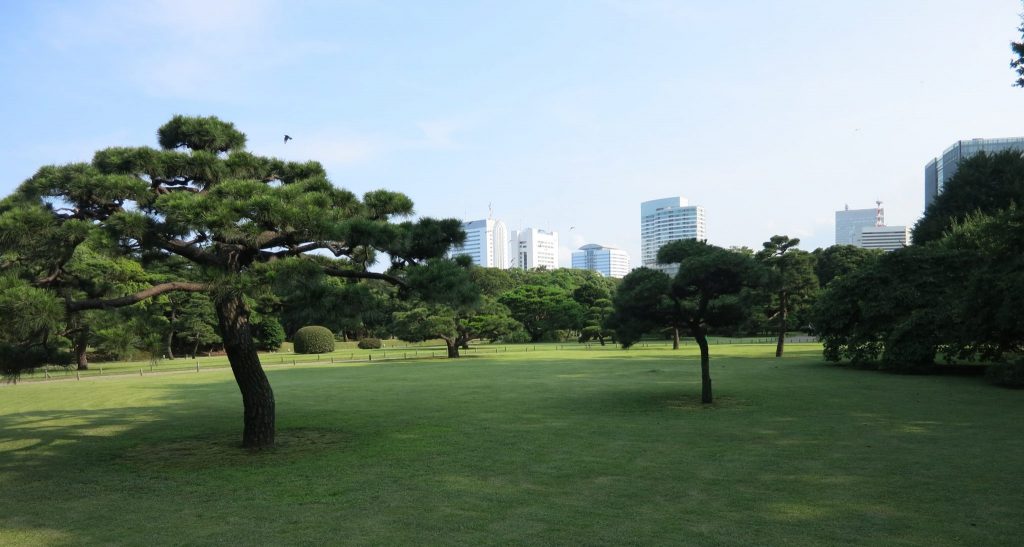
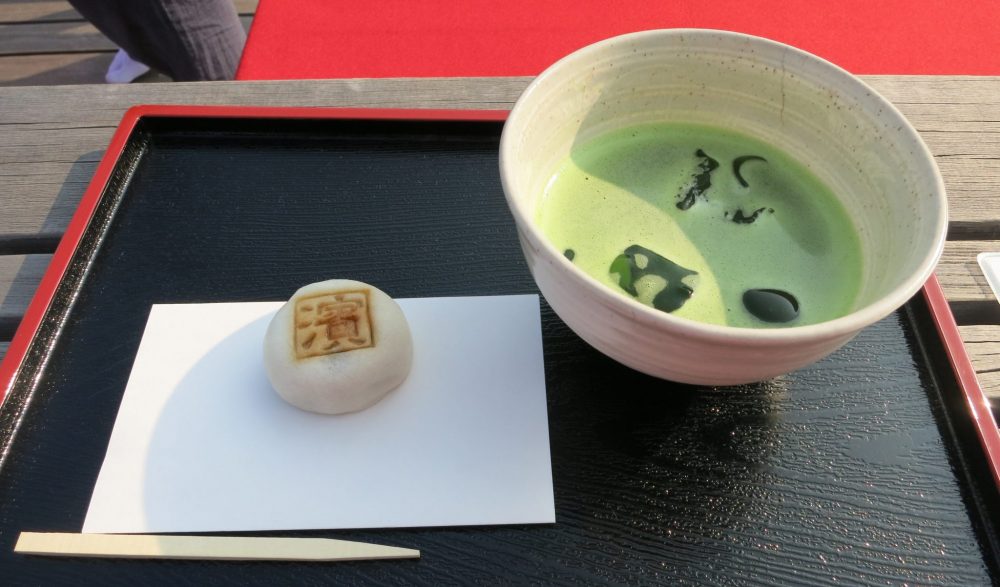


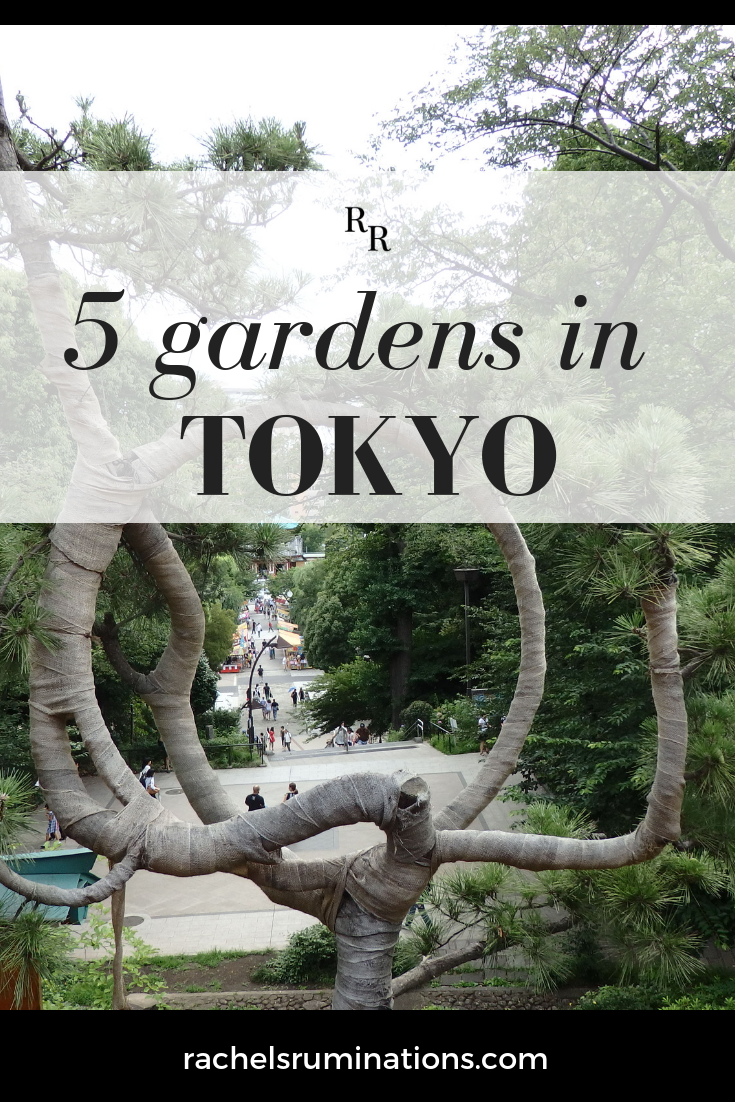


Hi Rachel. I love gardens, and can never pass one by. I visited both Uneo and the Imperial Palace East Garden. I enjoyed the Imperial Garden for its sheer calmness and tranquillity. There were’t many people there the day I visited, which was a nice change from the Tokyo crowds.
Yes, for some reason, Imperial Garden East was very calm, which I liked. Tokyo is so busy in general that any moment of peace and quiet was welcome!
I love to visit gardens and parks every time I visit a new destination. The ones you have pointed here give you a good insight into the lives of the people in the city. I like that one even has its own tea house.
Many of the parks in Tokyo have teahouses, usually very prettily arranged on a pond. They usually offer green tea and a sweet too. This was the only one I stopped at because I was on a very tight budget!
I too visit Japanese Gardens as a package deal with a Temple Entrance. I actually enjoy the gardens better than the temples. In the Kyoto Imperial Palace Garden there were announcements being made. They were in Japanese so we had no idea what they were about, but the Palace was closed that day so maybe it was something about that. Who Knows lol. I do tend to like smaller temples though – and quiet ones.
Those announcements really annoyed me at Meiji-Jingu. I don’t mind if they’re warning people that the park is about to close, but at Meiji-Jingu it was frequent, and just for broadcasting rules. Ruins any chance of peace and quiet.
We tend to always stay in Ueno so know the park very well. Have been to the others as well, but I guess Ueno feels very familiar to us on our annual visit to Tokyo.
Even as a tourist, one area tends to become home, doesn’t it?
Ueno Park was one of my favorites in Tokyo because of the people watching. We were there during Cherry Blossom season, and so many workers were having hanami parties. It was so interesting to see them in their black suits relaxing on blue tarps under the trees. I liked Meiji also because it felt very serene at the end of the day when we were there. I didn’t get to visit the others you mentioned, so I am glad to see them through your eyes.
Glad you liked it! I’d love to be in Japan during cherry blossom time some year. Not so much to see the cherry blossoms but to people-watch.